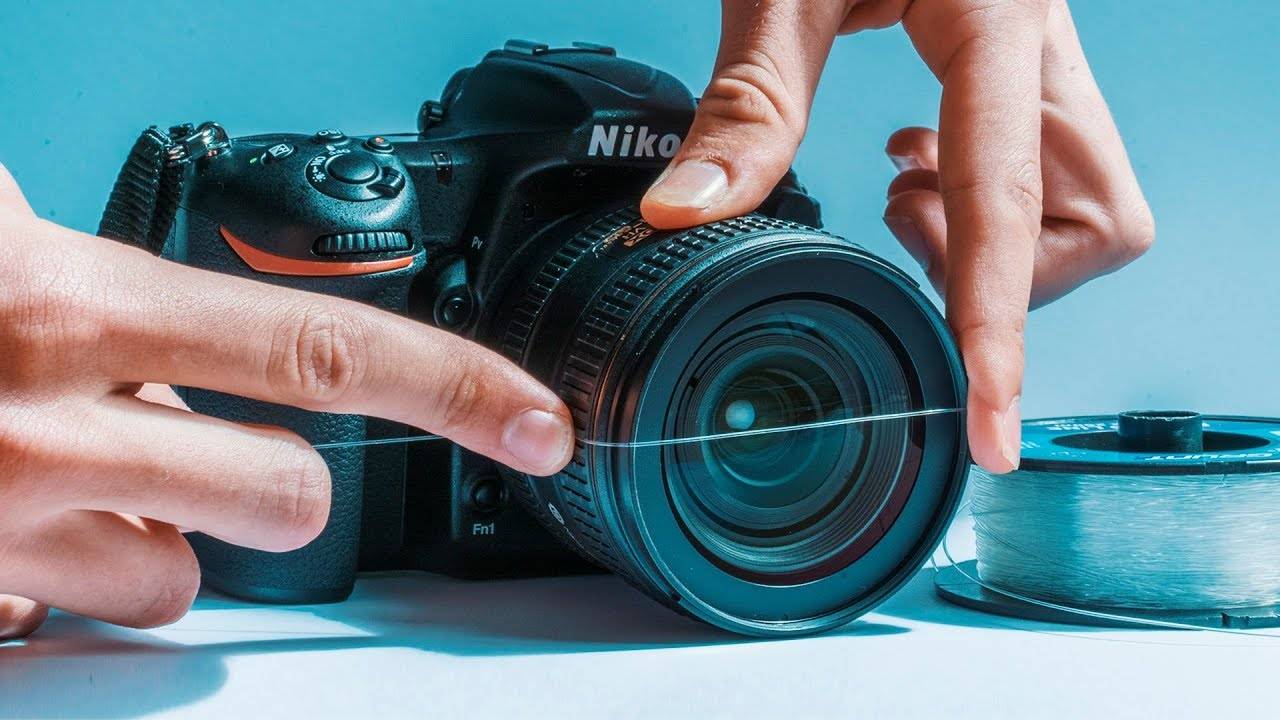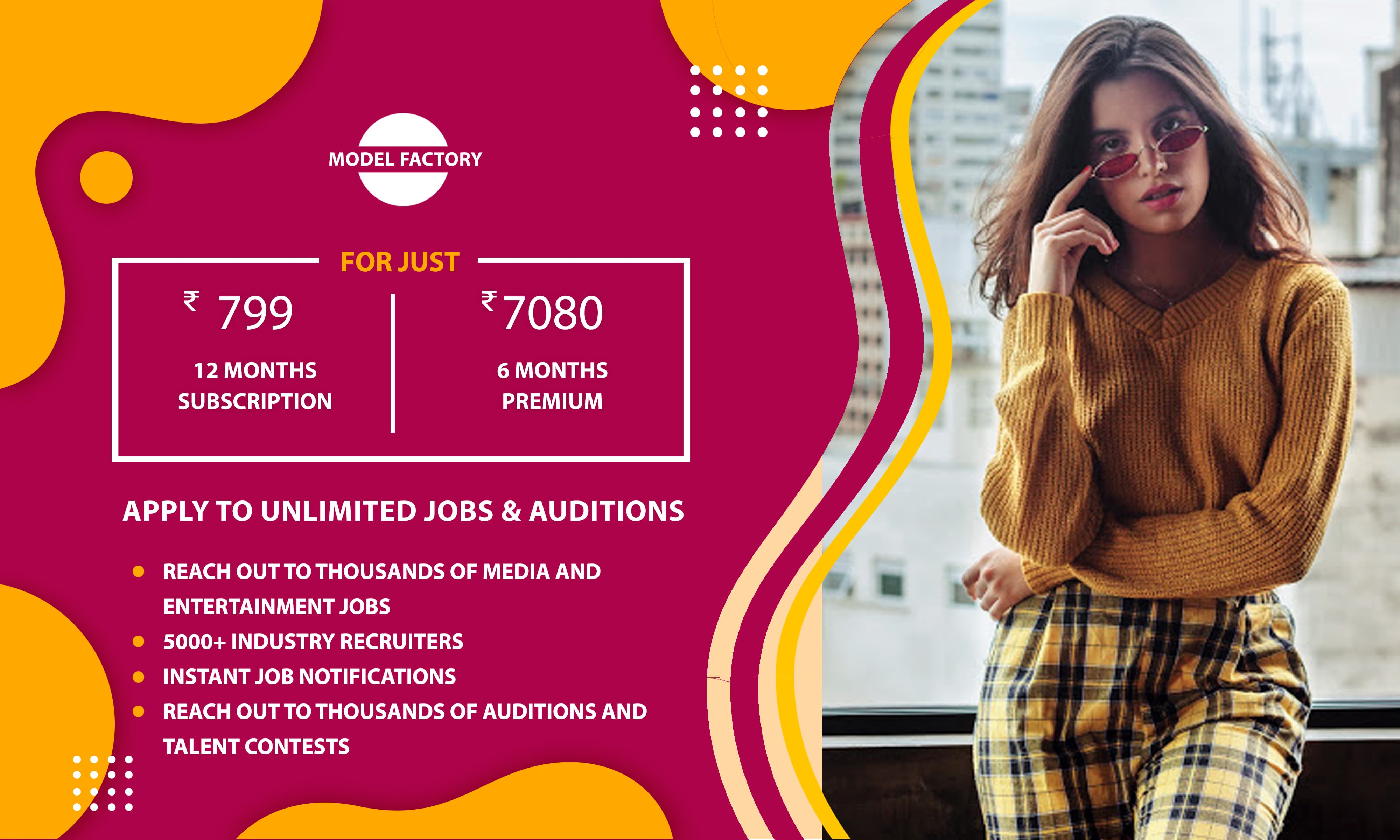Modeling Tips For Beginners | How Do I Become A Beginner Model?
- 08 Jan 2022
- Models
6 Modelling Tips for Beginners
- Discover your modelling market.
- Research different types of modelling.
- Design a knock-out portfolio.
- Consider classes to improve your skills.
- Approach modelling agencies with the right attitude.
- Be prepared for model life.
We know modeling can be a very lucrative and glamorous career, but it also takes a lot of hard work if you want to reach the top in one piece. Next, we'll cover a few important things to keep in mind on your way to becoming a model, along with some useful modeling tips for beginners.
If you want the best possible chance of making your professional dreams come true, this is the modeling guide for you.
1. Discover Your Modeling Market
If you want to be a model, the first step is to determine what type of model you can be. In this particular industry, there are various markets to choose from, and choosing the one that best suits your natural skills and characteristics will have a significant impact on your chances of success. In general, the primary markets for modeling are in areas such as:
Plus-Size:
.jpg)
Perfect for curvy individuals.
Runway:
.jpg)
Most men on the catwalk are between 5'11" and 6'2". Women are often at least 5'8" and have smaller breasts.
Commercial:

Advertising and editorial, commercial models can come in many shapes and sizes depending on the industry, but a pretty face and good personality are often essential.
Underwear, glam or swimsuit models: Typically suitable for women with curvy busts and small hips, and men with slim waists and broad shoulders.
Optional Modeling:

For models that do not conform to specific "industry standards" in height and weight.
While it is true that anyone with a unique look can make it as a model, it is important that you think carefully about your natural talents and characteristics. Being realistic about your chances of success in different areas of the modeling business will improve your ability to get a regular stream of work.
Sometimes, honesty on the road to becoming a model means looking in the mirror with a friend or agent and thoroughly evaluating your strengths and weaknesses. This should help you too when it comes to making a thick skin stand up to criticism – something that all models should have.
2. Research the Different Types of Modeling
There is more to going to a modeling agency than taking some pictures and putting them in front of the right agency. Examining your strengths and weaknesses, and making a decision about the kind of model you want to be, can also mean considering the different types of modeling careers available to you. After all, there are models around the world who never set foot on the catwalk, or appear in a glossy magazine. If you don't think those mediums are right for your particular skill or look, you can investigate other types of modeling.
Remember, many organizations use models to promote specific products or special events. Typically, there are fewer restrictions on body type and a greater emphasis on personality within these jobs.
Some types of modeling you might consider include:
Promotional Modeling:

In the business world, you can increase your chances of stimulating purchases and investments if you like your prospects to do something attractive and negotiable. Promotional models can give a brand a "face" that immediately makes the company more accessible, attractive and friendly.
Spokesperson Model:

Contrary to popular belief, a spokesperson does not always have to speak to promote a brand. Similar to other forms of promotional modeling, these professionals are hired to be constantly associated with a certain brand. As a spokesperson, you won't be able to work for opposing companies at the same time, so it's important to be mindful of your initial options when signing a contract.
Trade Show Model:

Lastly, this type of model is hired by brands and companies to advertise a product in booths or trade shows. For example, a trade show model might be the person who introduces you to a new car when it's at the expo. These professionals are not hired as employees of the company, rather they are considered "freelancers" for a particular event.
3. Design a Knock-Out Portfolio
When it comes to building a career as a model – few things are more important than a professional portfolio. As a model, your portfolio or "book" will be a resume that convinces a casting director to consider you or leave your application to collect dust.
The first thing brands, casting agents and designers will check to find out if they want to work with you is that your portfolio should include images and past work. When you are starting out as a model, chances are your portfolio will be quite small. However, with time and perseverance, it should expand.
Since you cannot present a blank portfolio to a potential employer, you will need to invest in some professional images to get started. Don't skimp on getting these photos and don't use your friend's or camera phone - as agencies may overlook them. Instead, consider money spent on great images as an investment in your future.
Work with a photographer who can help you create a comprehensive portfolio that includes full body and headshots, and try to cover a variety of poses and looks. Remember, always include at least one headshot to make you appear approachable and friendly - especially when you're searching for commercial or trade-show work.
Keep in mind that the environment of the images and the type of images you create should depend on the market you want to target. Still, no matter your chosen market, your portfolio should include some full-length shots as well as some headshots of your face from different angles. Once you have an impressive set of pictures, you can put them in your portfolio along with a page of important information. The information you include should list your height, measurements, hair color, eye color, and more -- like a cover letter for your modeling career.
4. Consider Classes to Improve Your Skills

Classes are by no means a necessary part of becoming a model, but that doesn't mean they shouldn't be considered by first-timers in the industry. Although attending schools and modeling seminars is not a pre-requisite for the job, these classes can help you develop confidence and comfort in various aspects of the business. If you feel that something is holding you back, such as a lack of knowledge in the industry, a class can give you the boost you need.
Some of the many classes that can help you with your modeling career include self-image acting and posing classes. In addition to helping you build your self-esteem and optimize skills that will be beneficial to your future career, these classes are also important because they are filled with people who are relevant to your industry. , The individuals you meet in these classes can help direct you to agencies or recommend opportunities for you in their photo shoots. Like many other industries in the professional world - what you know is just as important as what you know.
5. Take the Right Approach with Modeling Agencies
.jpg)
There are many modeling agencies in most major cities, so take the time to check out their websites and fill out their application forms to see if they might consider adding you to their books. Often, agents hold "open calls" where they can discover new talent, so make sure you keep your eyes peeled for these terms. Also, remember that if you do get an interview with a modeling agency, you may be expected to show in front of the camera what you are capable of, a mini test shoot, meditation if you wish. Keep in mind that what clearly matters in modeling is the world—personality matters too. This means that you need to sit up straight and conduct yourself in a professional manner. An outgoing and confident personality always stands out to any employer, and your agent will be on the lookout for people who are happy to express themselves without shame or anxiety. Ambitious, confident and attractive models often bring out the best in the industry.
In some cases, your agency may ask you to invest to be "part of the team," but the amount you pay shouldn't be extravagant. Beware of heavy duty.
6. Be Prepared for the Ideal Life

Ultimately, if you want to be a successful model, you need to prepare yourself for the lifestyle. If you're lucky enough to be signed by a great agency, it's worth knowing all the different difficulties that come with the job. While modeling is an exciting and incredible career for many people - depending on the jobs you book, it can also be quite a trying one. For example, you may find that traveling takes you far away from home and
Plus, rejection is something you have to get used to - especially during the start of your career. Achieving success as a model can be a struggle - and it probably won't be easy from the start.
In addition to preparing yourself mentally, remember to keep yourself physically fit - this means:
Creating a diet composed of lots of healthy foods will leave you feeling satisfied and full of energy. Be careful with caffeine and energy drinks.
Keeping your skin clean and glowing with regular exfoliation and careful maintenance techniques. Your smile and face are some of the first things any client checks before hiring you - so it's important to keep them pristine.
Exercising regularly
Fitness is important for anyone, but it is especially important for those who want to pursue a career as a model. Try engaging in some light strength training and cardio several times a week to improve your mental and physical health.
"Aspiring Models Click Here for More Information on the Modeling Profession."






